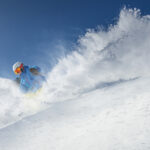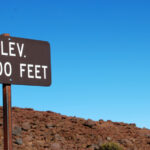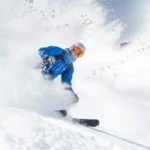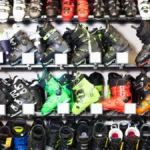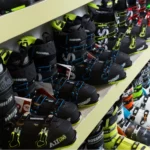The Most Common Ski Injuries (And How to Prevent Them)

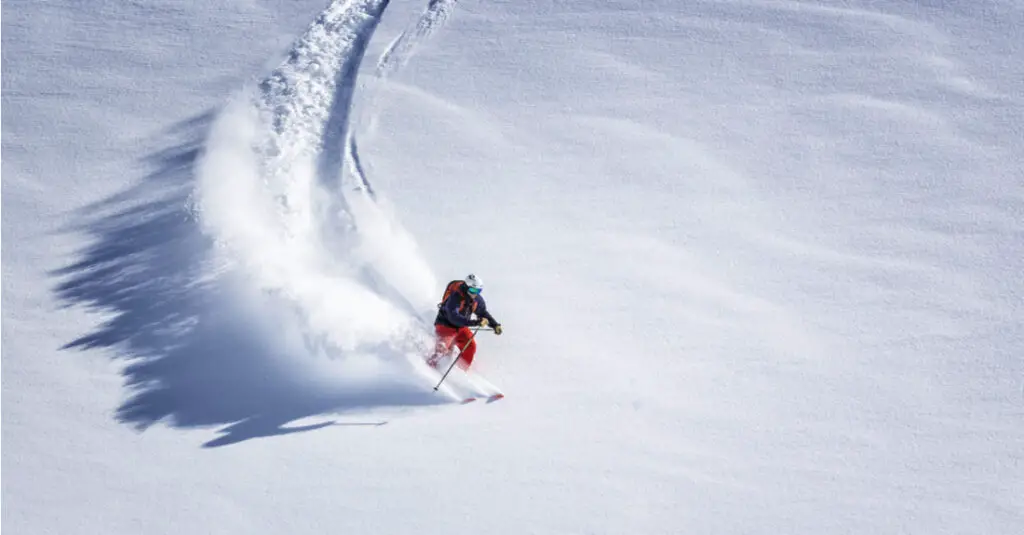
Every few years, it seems like there is at least one high-profile ski death that makes headline news. These events are certainly tragic, but skiing deaths are far less common than ski injuries, which can happen to any skier regardless of age or ability level.
One misconception about ski injuries, and that is that they are most common in older individuals. In a recent clinical study, the mean age of injured skiers was 30.3 years (range, 24 to 35.4 years) with men slightly more likely than women to experience injuries. While it is impossible to completely prevent ski injuries, a little bit of awareness, preparation, and a lot of precaution can go a long way when it comes to preventing the most common ski injuries.
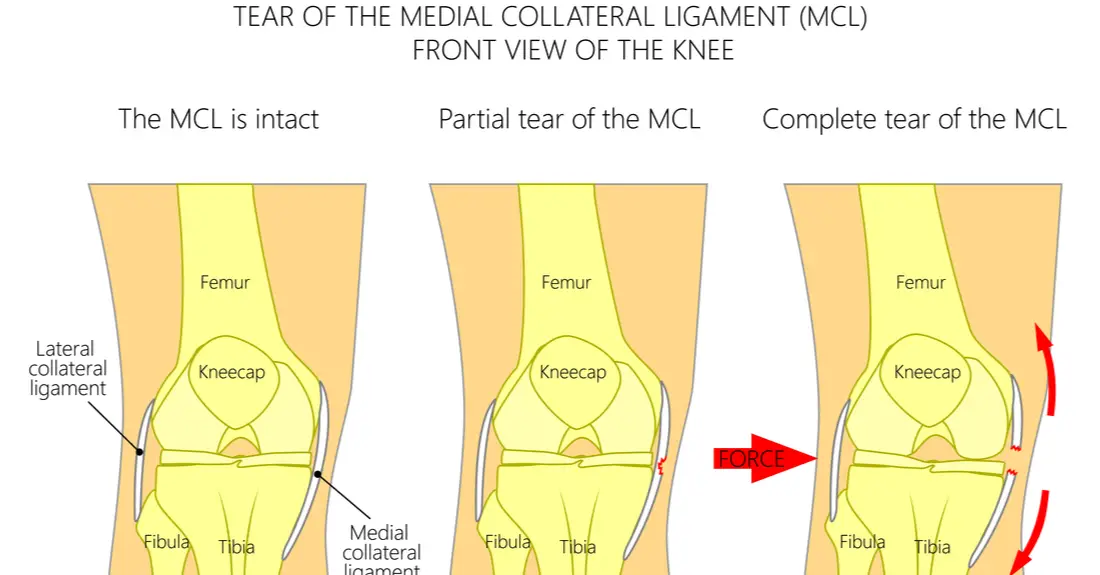
Knee injuries (ACL, MCL, sprains)
Knee injuries account for approximately 27 to 41 percent of ski injuries, with the most common injuries impacting the anterior cruciate ligament (ACL) and/or the medial collateral ligament (MCL). This occurs when the knee twists unexpectedly. This is often the result of pivoting while standing, hyperextending the knee or stopping too abruptly. These movements can occur in a variety of situations such as: unexpected snow condition changes when transitioning between groomed and off piste, skiing on terrain that is above one’s skill level and crashing, or simply trying something new in the terrain park. People who experience these types of injuries often hear a “pop” sound.
Knee sprains are far less severe than MCL/ACL tears, but they are far more common and usually still require immediate medical attention. Knee sprains typically occur as the result of one of the knee movements mentioned previously, causing the ligament around the knee to stretch too far.
The best prevention for knee injuries is to master a steady speed and controlled technique, being aware of your lower body position at all times. If you’re about to head down a run with lots of twists and turns or moguls, take a beat and plan your route in advance to avoid any unexpected surprises. Wearing a knee brace is also an affordable and easy preventative measure that you can take to prevent knee injuries on the slopes.
Strength training to ensure the muscles around the knee are able to support it is a top priority. There are a variety of exercises that you can do to strengthen the muscles around your knee. The second preventative measure is to ski or snowboard within the limits of your skill set.
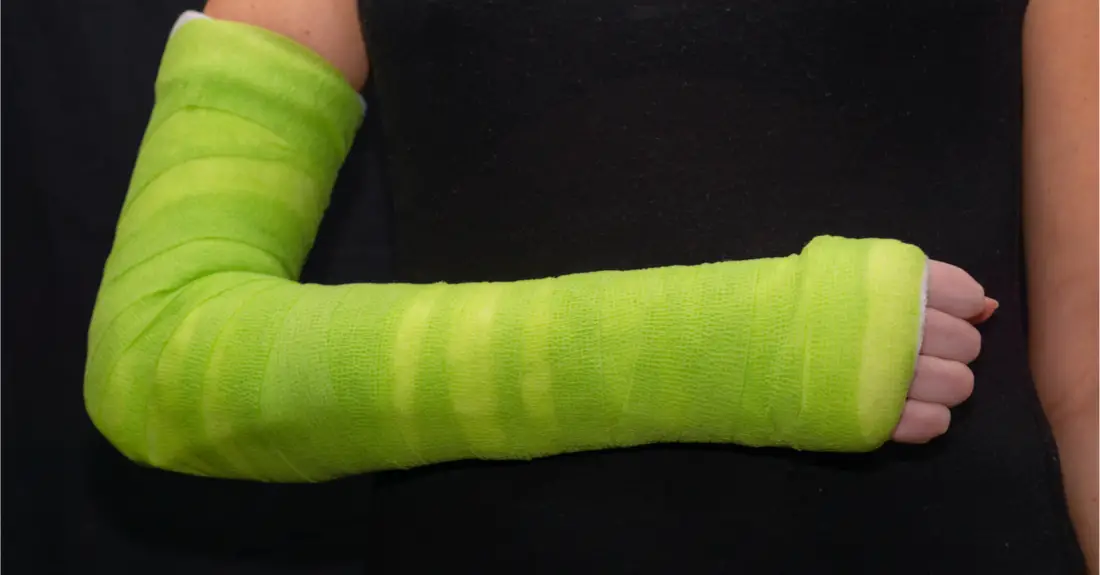
Wrist injuries (sprains and fractures)
Sprains and fractures are the most common kinds of wrist injuries on the slopes and plague both skiers and snowboarders alike. They occur when you fall down and place a significant portion of your weight on your wrist. Depending on the speed, pressure and angle, this could result in a fracture, sprain, strain or even a break.
Prevention is key. A wrist brace can be used to keep your wrist steady and in alignment even in the event of a fall. Although it’s easier said than done, you should refrain from bracing your fall with your hands and instead try to take the brunt impact of the fall on the side of your thigh, which provides more area for pressure to be dispersed. It will likely hurt and you’ll likely have a bruise, but a bruise usually heals far quicker than a sprain or fracture.
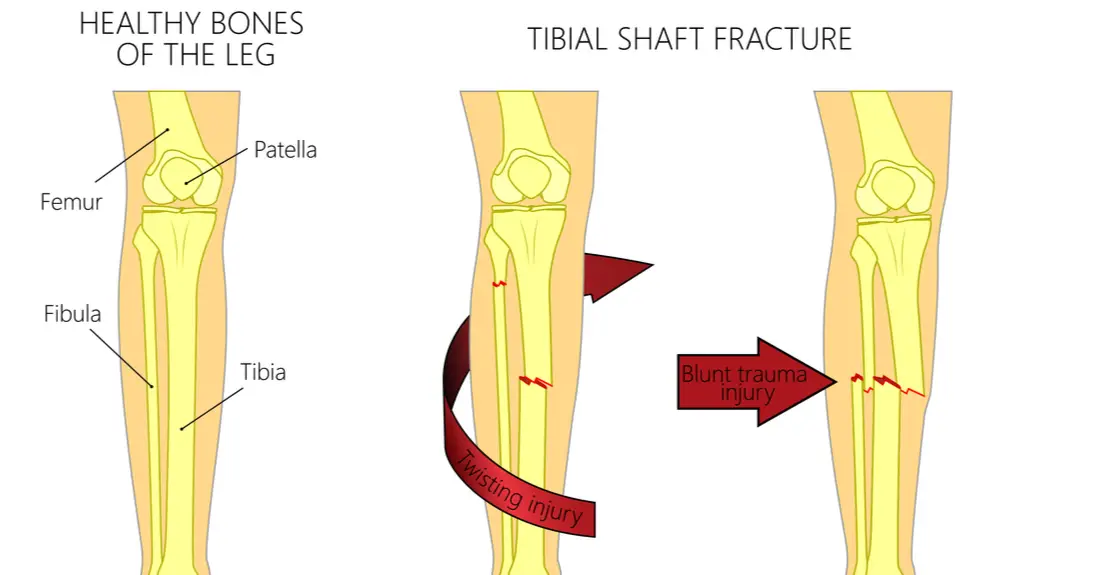
Tibial fractures
Tibial fractures can happen to anyone, although they are more likely to happen to lighter and less-skilled skiers. There are two main categories of tibial fractures: spiral and boot-top fractures. Boot-top fractures happen because both the skier’s foot and ankle are fully stabilized in the ski boot, so the first area of impact is the tibia. Spiral fractures happen when the foot is planted while the rest of the body remains in motion.
A comprehensive study found that these types of fractures were more likely to occur in skiers who were using shorter skis and lower, softer boots. Research shows that as ski boot technology has increased, the number of tibia fractures caused by boots has decreased. Therefore one of the best preventative measures is to have your boots professionally sized to your height, weight, and skier type. Additionally, the most common mechanism leading to a tibia (leg) fracture is a forward fall, so again, falling on your side is the best way to minimize the impact of the fall. Spiral fractures are also more likely to happen in warmer, slushier conditions, so be sure to take extra precautions when managing your speed on warm spring days.
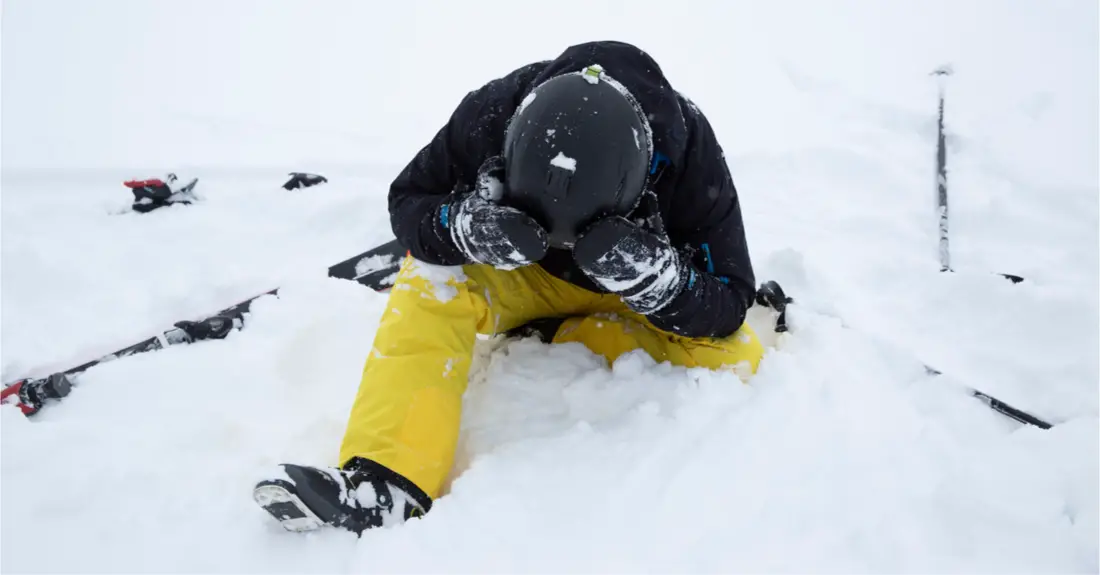
Head injuries
Head injuries are the most serious ski injury. Medical experts note that severe head trauma accounts for about 20 percent of all skiing and snowboarding-related injuries, and of those head injuries, 22 percent are severe enough to cause loss of consciousness or concussion. More severe trauma to the head can result in traumatic brain injury (TBI) or even death. It is vital that you seek out immediate medical attention anytime you hit your head on the mountain. (Almost all mountains have an on-site clinic.) However, head injuries may not present serious symptoms until several hours after the impact, so it is vital that your family or friends check on you every half hour or so and immediately seek out medical attention if you become dizzy, disoriented, or unresponsive.
The most obvious preventative measure for head injuries is the use of a well-fitted helmet specifically designed for skiing.
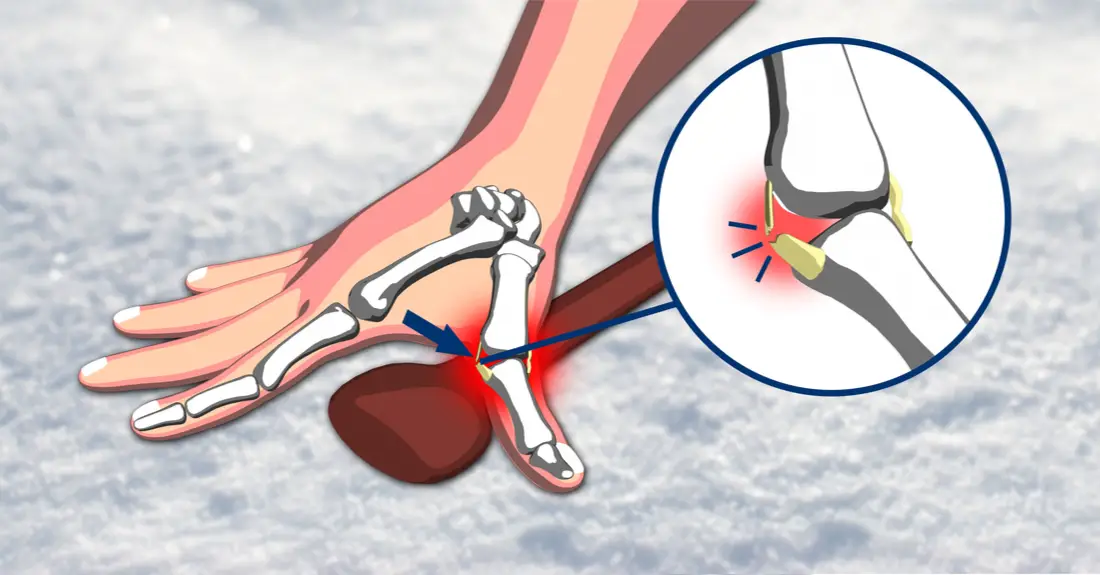
Skier’s thumb
“Skier’s thumb” is an acute partial or complete rupture of the ulnar collateral ligament (UCL) of the thumb’s metacarpophalangeal joint (MCPJ) (the ligaments between the thumb and forefinger). It accounts for about 8 to 10 percent of all skiing accidents, according to WebMD, and is usually the result of a ski pole strap causing a tear to the ligament during a fall. While this area of the body is relatively small, a serious tear can inhibit a person’s ability to grasp or make a fist.
The biggest preventative measure that you can take is to refrain from wrapping the ski pole strap around your wrist. If you are not bound to the straps, then the poles are likely to leave your hand as you fall. Locating wayward poles is a lot less expensive than reconstructive surgery, which is often the required treatment for skier’s thumb.
Best Practices for preventing ski injuries
There are many general preventative measures that people can take to prevent ski injuries. First, it is important to prepare your body in the off-season through a combination of strength training and cardio. This will make you better equipped to handle the physical demands of the sport. These five exercises will help you get ready for skiing.
Second, you should not ski above a level that you are comfortable with. If you need help understanding the ski slope ratings you can find more information here. Those double black runs might look fun, but ending up in the hospital won’t be fun. The vast majority of injuries take place at the end of the day when the light is flat and you’re more likely to be tired. It’s especially crucial that you remain alert and aware of your surroundings and body positioning, especially during this time.
Finally, make sure that your equipment is properly fitted and in good working condition. A ski binding that’s too loose or too tight can cause a season-ending injury and an ill-fitting helmet can be the catalyst for some serious hospital bills. Make sure that you’re familiar with your equipment and thoroughly check it every time that you put it on.
